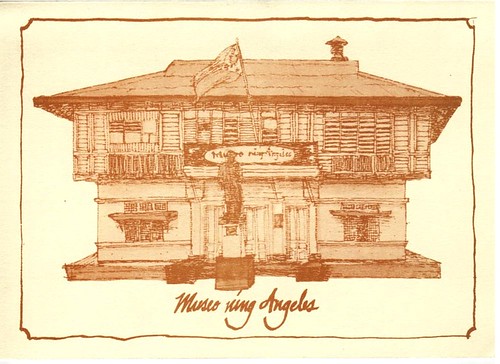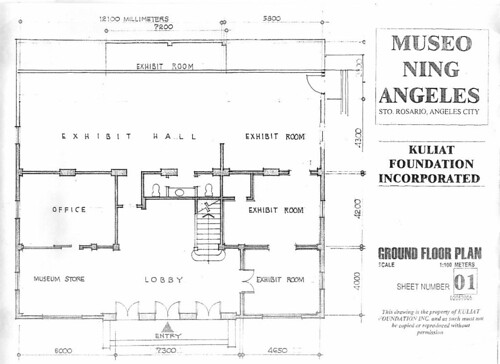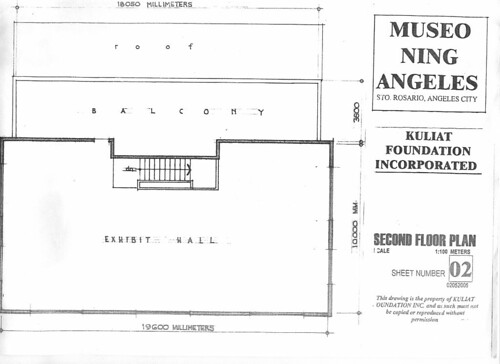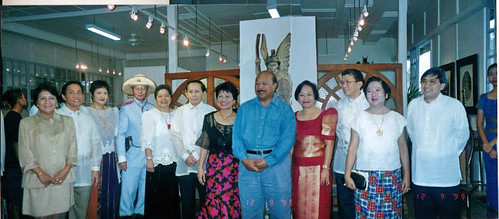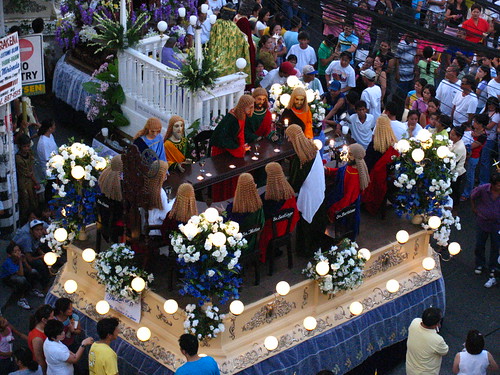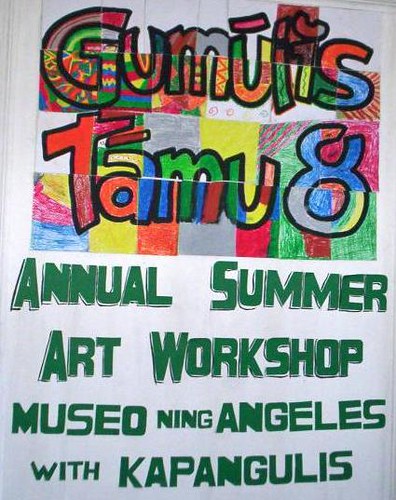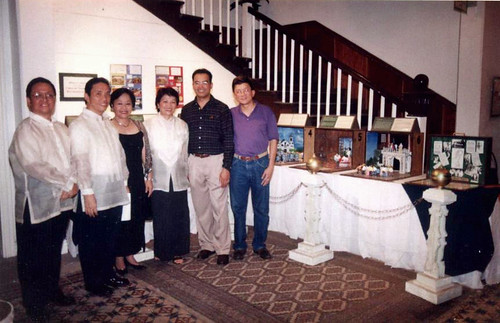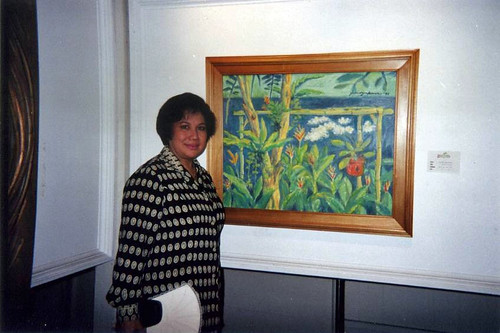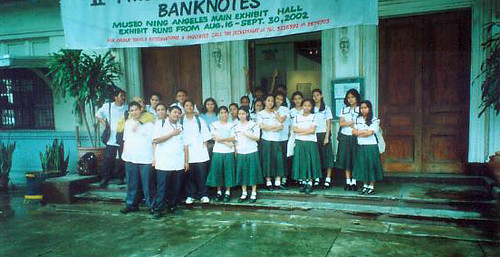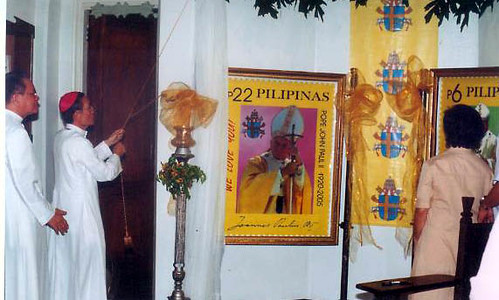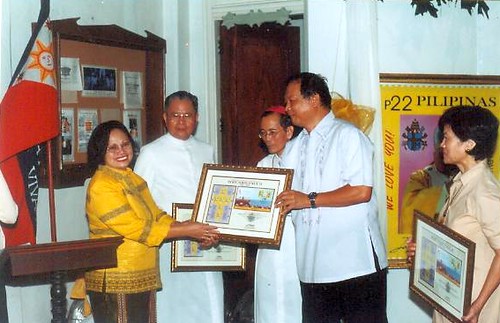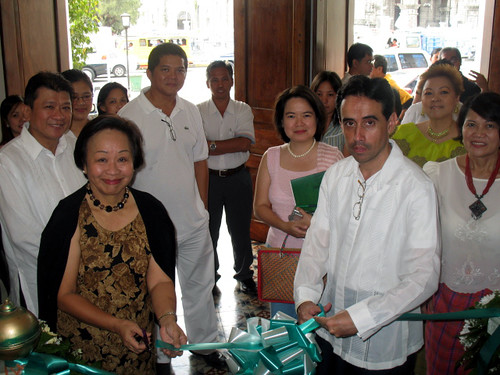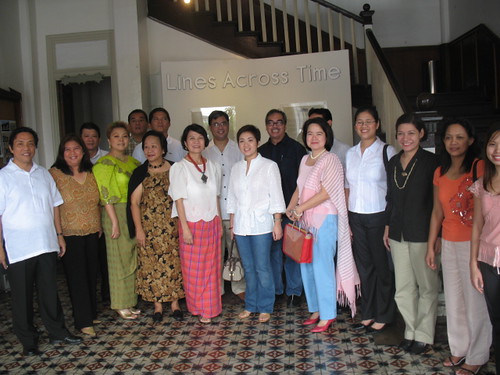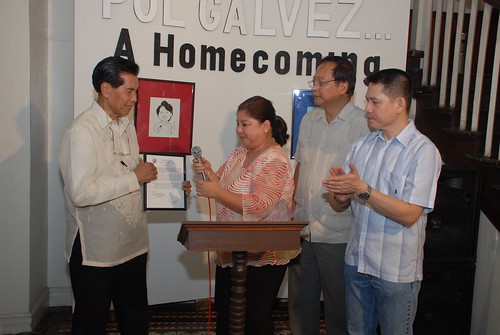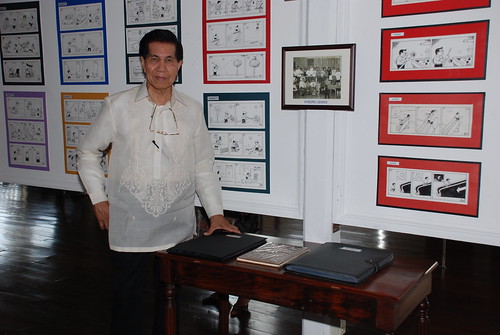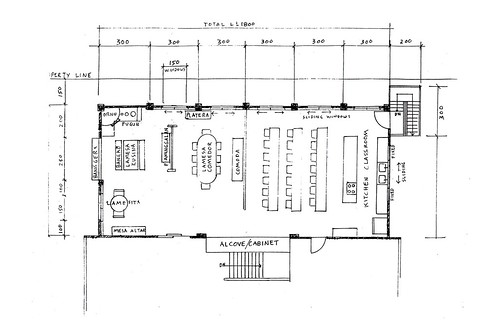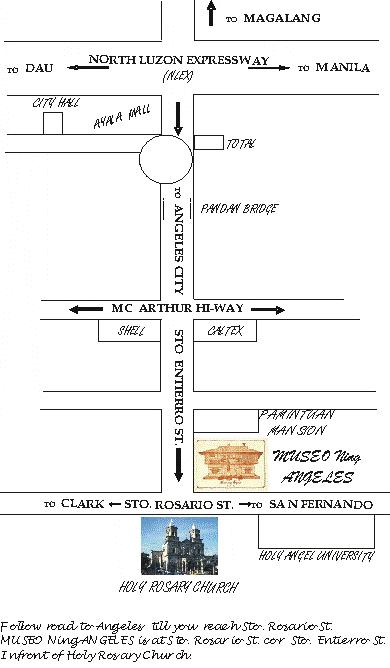KULIAT FOUNDATION INCORPORATED:
Restoring Angeles City’s Glorious Past
Restoring Angeles City’s Glorious Past
The City of Angeles, being progressive as it is, seemed to lack something that would make today’s generation appreciate their roots to further take pride in being Angeleños. Awareness and concern for the city’s unique history and its rich cultural heritage were almost synonymous to non-existent.
There were several attempts to address this pressing need for a cultural vehicle. The ‘80s witnessed the birth of the Angeles City Historical Society, who took the bold step to initiate the goal of restoring what was left of Angeles City’s heritage. Only to be met with little enthusiasm and support, its efforts eventually became futile.
As time seems to stand still, the need to sow the seed essential to nurture and cultivate the Angeleños’ spirit through a cultural display of heritage amidst the blessings of successful trade and commerce became all the more apparent.
A newly revitalized group emerged as many members representing a true cross-section of the city’s populace, members of respected families, business scions, local government officials as well as history buffs organized themselves to create Kuliat Foundation, Incorporated (KFI).
Taken from Angeles City’s former town name, “Kuliat,” which was a type of indigenous vine that grew abundantly in the area during its founding, Kuliat Foundation, Inc. was officially registered under the Securities and Exchange Commission in March 1999. With a 50-year renewable usufruct agreement with the city government under its belt, KFI now holds office at the Old City Hall Building, situated in the heart of the Sto. Rosario Historic District, whose recognition as such was initiated by KFI itself.
KFI is a non-stock, non-profit organization whose absolute purpose is to preserve the history, culture, and traditions of Angeles City through the development and promotion of historical, cultural, educational, environmental, social and economic plans, programs and projects for the Angeleños. Its Board of Trustees is headed by Hon. Mayor Carmelo F. Lazatin as Founding Chairman with Architect Orencio L. Henson as Executive Director and Mrs. Eloisa R. Narciso as Founding President. Other members of the Board of Trustees are Ms. Hannah Y. Bauzon, Mr. Daniel H. Dizon, Sr., Mrs. Josefina D. Henson, Mrs. Carmen T. McTavish, Mrs. Macrina L. Moreno, Mrs. Rosalie H. Naguiat, Mr. Marc D. Nepomuceno, Mr. Gerry T. Nepomuceno, Mr. Jose G. Paras, Jr. and Mrs. Ramona L. Ty.
At present, the major sustenance of the Museo comes from the annual ‘Tigtigan Terakan keng Dalan’ celebration, a two night revelry along the 1 km. stretch of Balibago. This highly anticipated festivity is considered as the lifeblood of KFI for it is the Foundation’s main source of subsidy. Alongside is the creation of Museo ning Angeles (MNA), the premier cultural center and the first living community museum of its kind in the city. Mr. Jose “Jiji” Paras, Jr. serves as the Museo Director.
December 08, 1999 witnessed the soft opening of the Museo ning Angeles. Its pilot exhibit was aptly titled “Memorias ning Angeles,” as it featured a collection of photographs, artworks, artifacts and other mementos of Angeles town and its people. The exhibit ran for two months and was well received by both local and foreign residents and tourists.
In spite of its limited funds, KFI took a bolder step to renovate the circa 1920 edifice to its former glory, immediately after the opening exhibit. From mid-February to early June, the former government offices that used to be housed in the old municipio were converted to The Museo Shop, the lobby area and the KFI Administration Office.
The Museo Shop is now open for business. There are plenty of export-quality product lines proudly made by the Angeleños’ ingenuity and craftsmanship. Ideal and useful souvenir items are for sale at factory prices. A weekly guided tour of Angeles City is also being offered at the shop.
The entire second floor metamorphosed to the Main Exhibit Hall. Non-original structures surrounding the building were demolished to add more dignity to its overall appearance. Now the original azotea figures prominently from the outside perspective. As the complete renovation may take years to be realized, KFI’s initiative will attempt to shorten the waiting period by getting the Angeleños involved any which way they can. For the Museo ning Angeles was built by the Angeleños for the Angeleños. A sense of ownership and responsibility towards the Museo should become apparent among the townspeople in the years to come.
Other projects of the MNA include the Philippine Independence Day celebration in June 12, 1999. This event was a major spectacle of reenactment of that historical epoch complete with periodic costumes. Unknown to many, June 12, 1899 marks the first and only Philippine Independence Day celebration in the country’s history led by Gen. Emilio Aguinaldo. It was held at the Don Pamintuan Mansion (now the Bangko Sentral ng Pilipinas Regional Office) here in the city, where the revolutionary Philippine government was temporarily seated then.
Another MNA project was the revival of the traditional art of bell-ringing of the century-old campanile of yet another historic landmark, the Holy Rosary Parish Church, located in front of the Museo ning Angeles. Billed as “Pasibayu, Tigtig La Ding Cumpana!”, old folks from the city once again experienced the nostalgia and the enchanting sound of our cumpana, as composed by Spanish Augustinian Friar-Curates starting 1877. While the youth on the other hand, witnessed this momentous event as their forefathers did then.
The new millennium’s Independence Day celebration in Angeles was capped by the formal inauguration of the Museo ning Angeles. Intensive preparations was done for its second exhibit entitled “Angeles: Napun at Ngeni.” Educational in scope, this exhibit narrated in pictures and memorabilias the history and evolution of Angeles from its humble beginnings as Barrio Culiat of San Fernando Town to its present status of a first class city of 290,437 as of May 1999.
Complementing the exhibit was one of Museo’s permanent exhibit, the Angeles City Hall of Fame. Spectators drew inspiration as they got acquainted to a few Angeleños who have excelled in serving the city and have made significant contributions through their different fields of endeavor, which to this day have yet to be matched.
Coinciding with this year’s annual twin fiesta was another exhibit entitled, “Ing Kusinang Matua.” Audience got a feel as they walk through this exhibit of the Capampangan “Kitchen of Yore” in action. This boasts of original cooking utensils and paraphernalia. Pampanga, famous for its culinary arts and cuisine, has always regarded the kitchen as the heart of the home. This story-telling exhibit ran from October 06 to November 30, 2000.
Still at its infancy stage, Kuliat Foundation, Inc., alongside its pet project, the Museo ning Angeles, promises a renaissance of the old good ways of the Angeleños, with the youth sector as its primary thrust for values and cultural awareness.
(NOTE: Various exhibits and events have been hosted by the Museo from 2000 hence forth. Please refer to the other pages of this website)
